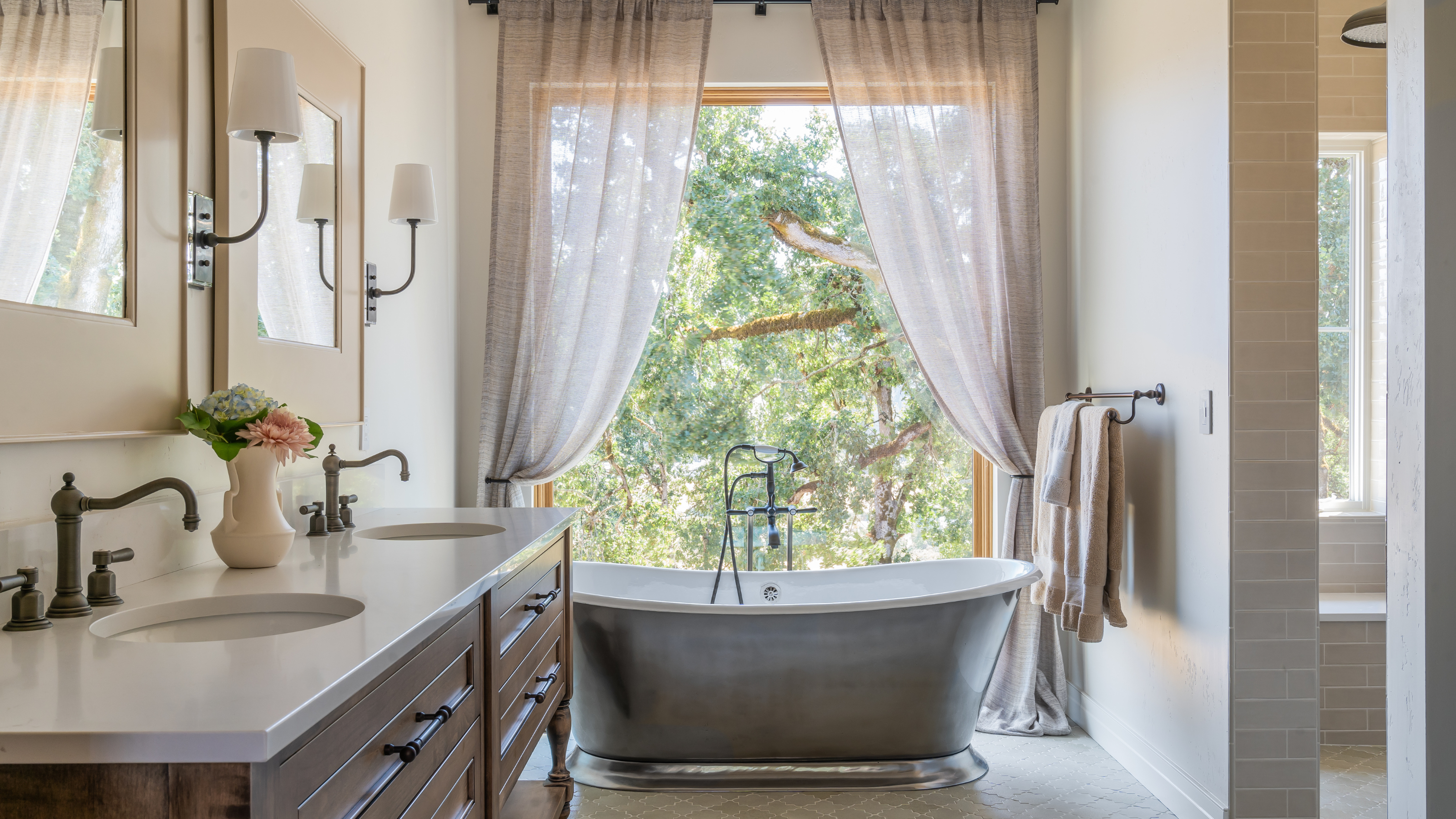
Do you often find a buildup of moisture in your bathroom after a shower or bath? If so, and you don't know what to do about it, we have an answer for your problem.
I've found a solution to reduce moisture in an apartment, but what about the bathroom? Excess moisture can lead to a damp space and eventually mold, so it's best to tackle the issue as soon as it occurs. But why is this necessary? An HVAC expert and brand representative at DUCTZ says, "Removing moisture from the bathroom protects wood surfaces, walls, paint, and electric appliances such as styling tools and bath fan components."
Want to learn more about removing moisture from your bathroom? Here is everything you need to know, according to this HVAC expert.
1. Wipe Down Surfaces
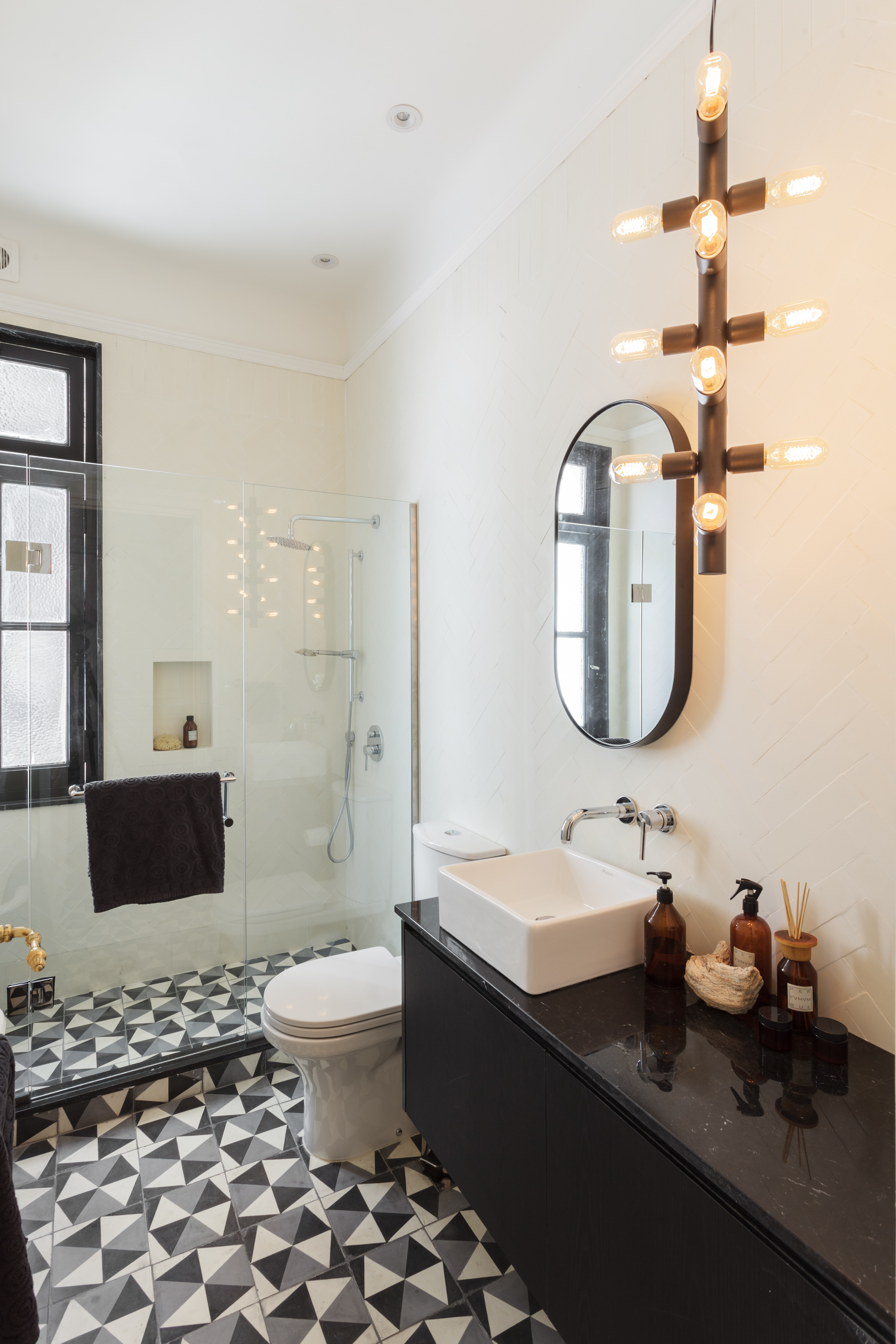
A great way to remove moisture from a bathroom is to wipe down all surfaces, including windowsills, frames, and the floor. In my small bathroom, moisture tends to stick to the windows and their surroundings after a shower, so I've made it a habit to wipe down once I'm done showering.
Josh Mitchell, an HVAC technician at Air Conditioner Lab, says wiping surfaces are a must. He says, "Post-shower condensation on walls and mirrors can contribute to indoor humidity. Wiping down surfaces immediately after use prevents this excess moisture from evaporating into the air." The expert notes that this is a simple yet effective method to control moisture levels.
To wipe down your surfaces, all you need is an absorbent microfibre cloth to get you started. We love this MR.SIGA Microfiber Cleaning Cloth from Amazon and these Multi-Surface Microfiber Cleaning Cloths from Target.
2. Use a Dehumidifier
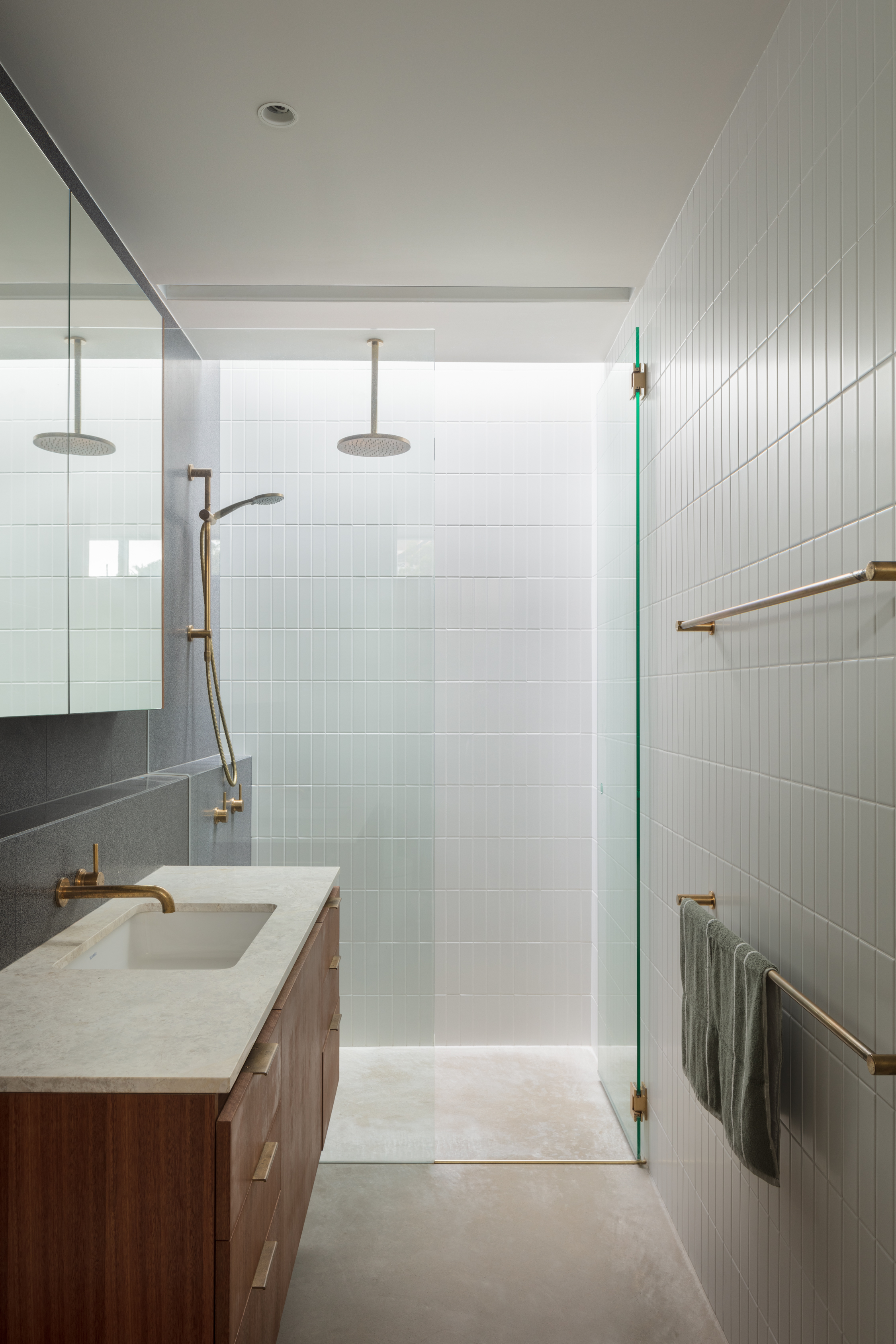
There are many dehumidifier benefits — one of them being that using the smart appliance in a bathroom could be an easy way to remove moisture from your bathroom quickly.
"Dehumidifiers come in different sizes, depending on the room size," says Josh. "A compact, portable dehumidifier (usually 20-30 pints) is usually enough for smaller bathrooms, while larger or more humid bathrooms (40-50 pints) may need a stronger model. You may need a model with 50 pints or more capacity for very large or damp bathrooms."
Josh continues: "These devices work by extracting water from the air, which can help prevent the growth of mold and mildew. Energy-efficient models can also keep operational costs down."
And if you're wondering how long it takes for a dehumidifier to dry out a room, it can range between 24 to 72 hours, depending on the size of your bathroom. For a 20-30 pint dehumidifier, this hOmeLabs 4,500 Sq. Ft WiFi-Enabled Dehumidifier has over 50,000 reviews and is now on Amazon's choice list. We also like this Pure Enrichment Mini Dehumidifier from Target with over 100 reviews.
3. Leave Windows Open
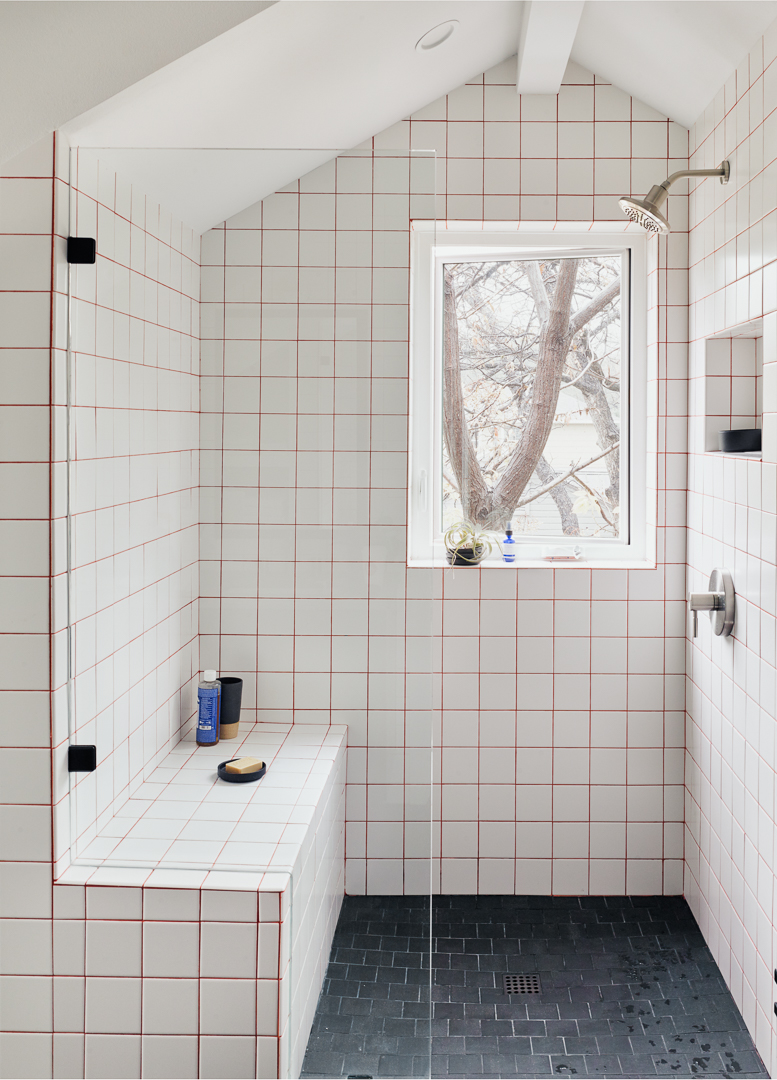
So, how often should you open windows in winter? 10 to 15 minutes a day should do the trick, and if you're looking to remove moisture from your bathroom, natural ventilation is a great way to do just that, and HVAC expert Josh agrees.
"Natural ventilation is one of the most effective ways to reduce humidity," he says. "If the weather permits, open a window during and after showering to allow moist air to escape outside, keeping the room dry."
Given how much moisture builds up in my bathroom, I've now made it a routine to also open up my windows after a long bath or shower. Doing this allows trap moisture to pass through while also welcoming clean and fresh air into your home.
4. Ventilation via Exhaust Fans
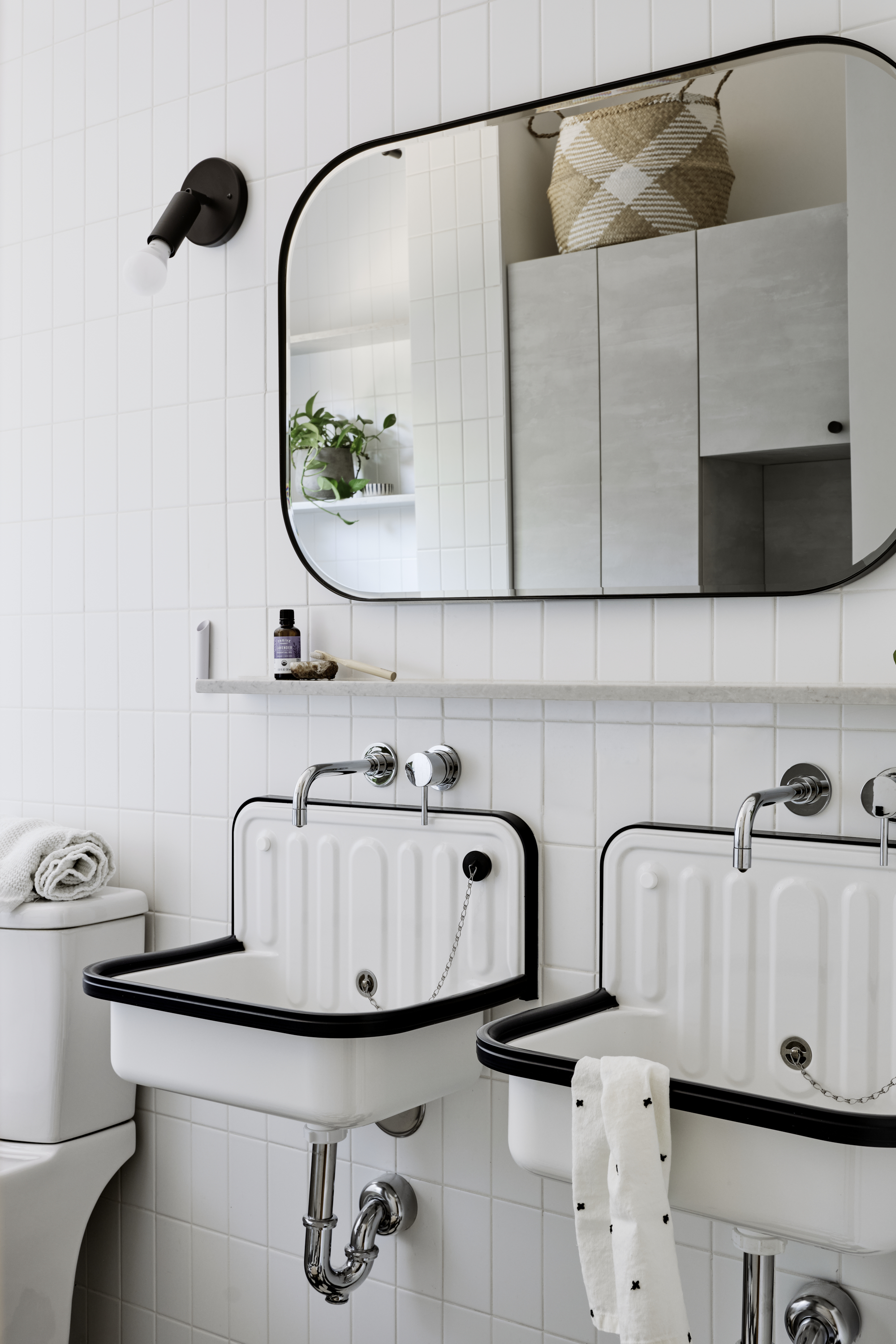
To remove moisture from your bathroom, you should also ensure your bathroom exhaust fan is running properly. If you do not have one, make sure to install one as soon as possible. This is also a great way to design a hygienic bathroom, and it will benefit you and your space in the long run.
"Proper ventilation is key in moisture control," says Josh. "Installing an exhaust fan with the right CFM (cubic feet per minute) rating for your bathroom size ensures that moist air is quickly removed."
He continues: "For example, a 50-square-foot bathroom would need an exhaust fan with at least 50 CFM, while a larger 100-square-foot bathroom would need a fan with at least 100 CFM. Positioning the fan near the shower or bath helps it work more efficiently."
Looking to install a new exhaust fan? Home Depot has a range of bathroom exhaust fans to choose from, including this Whisper Choice DC Pick-A-Flow 80/110 CFM Ceiling Bathroom Exhaust Fan, priced at $154.
5. Use Plants
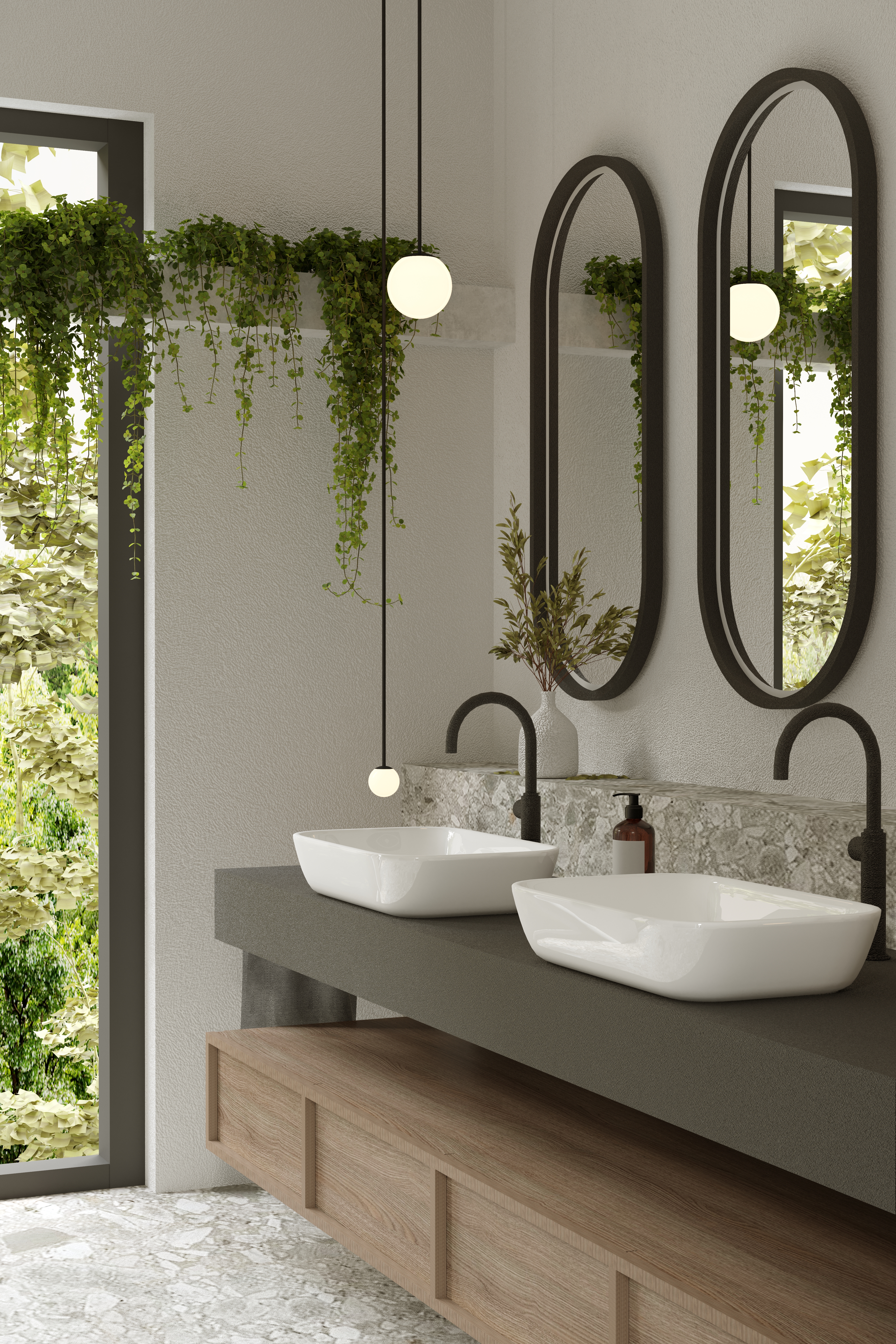
The best plants for a bathroom are those that can withstand steam, moisture, and damp air, but they can also work towards removing moisture from the air around you. Josh says, "Plants like Boston ferns, peace lilies, and spider plants are not only aesthetically pleasing but also naturally absorb humidity."
The expert says you should add around five to ten of these plants in a standard bathroom (about 50 square feet) as this "can help control humidity levels, making the space fresher and less likely to promote mold growth."
Personally, I'm a huge fan of the abundant Boston fern, like this one from Walmart, which adds a beautiful touch of elegance and style to a space. So, if you want to give your bathroom a spa-like feel, this may be the best companion.
6. Apply Anti-Condensation Paint

Among the many paint finishes and types available, anti-condensation paint is often forgotten about and should be used the most. It essentially creates a coating that keeps water out and aids any issues associated with dampness and condensation.
"This paint helps insulate your walls, creating a barrier that prevents the warm air from your shower from turning into water droplets on colder walls," explains Josh. "This is particularly effective on exterior bathroom walls exposed to colder outdoor temperatures."
This 1 Gal. Water Tite General Purpose Water Base Paint from Home Depot will provide the waterproof barrier you need in your bathroom.
7. Use Activated Charcoal
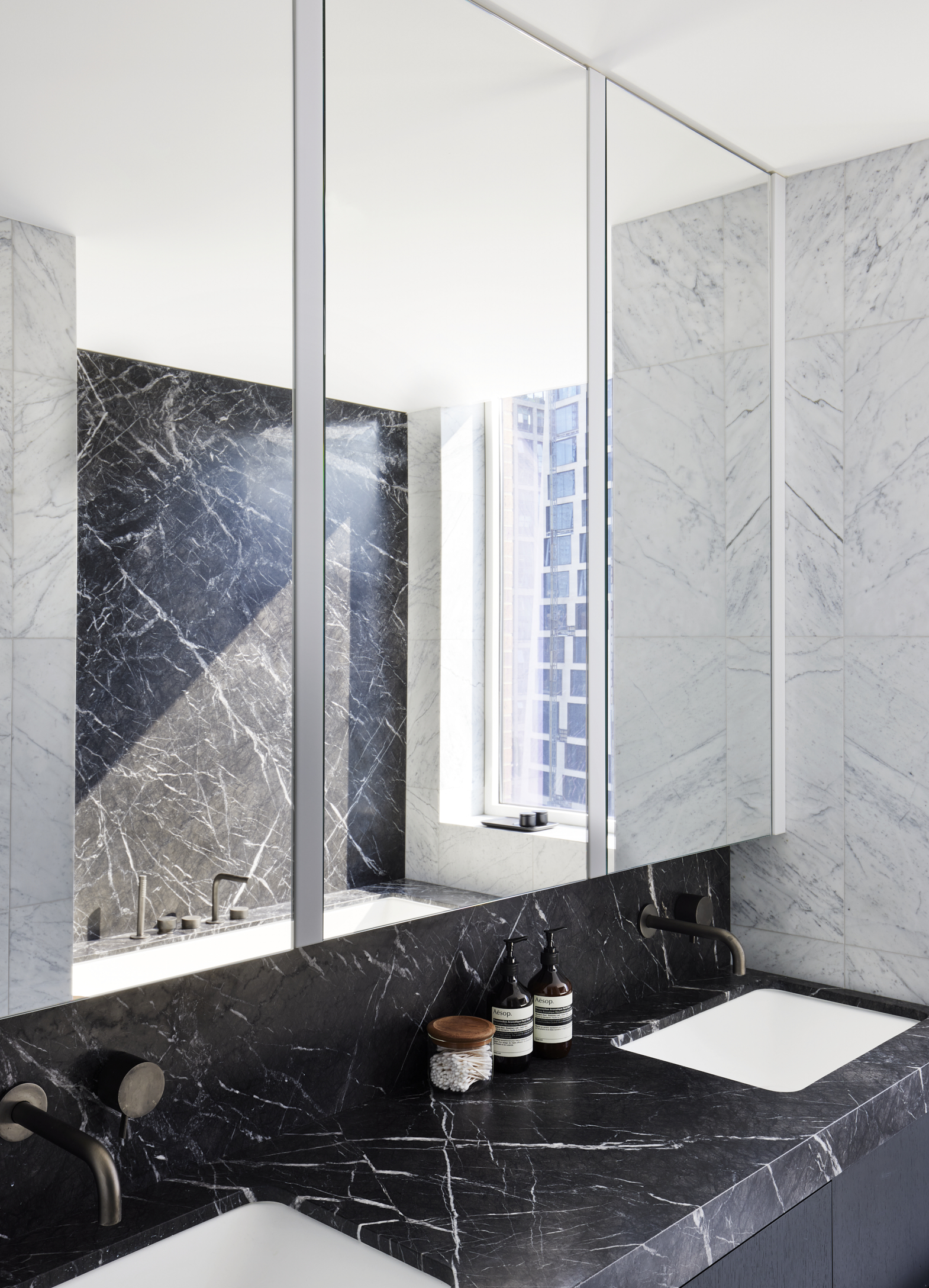
Lastly, HVAC expert Josh recommends using activated charcoal in your bathroom to help remove moisture. He notes, "Activated charcoal is a natural moisture absorber and odor remover ideal for damp bathrooms. It works by trapping moisture and contaminants in its pores."
"You can place activated charcoal in a breathable container or buy ready-made charcoal bags to control moisture. Place these bags around your bathroom, especially near the shower or bath area, to help absorb excess humidity effectively."
We also recommend using this Moisture Absorber Activated Charcoal from Amazon, which is priced at $24.99.
FAQs
Why is it important to remove moisture from a bathroom?
Well, it's simple: you would not want a bathroom filled with mold and mildew as it can lead to many health issues.
"High humidity in bathrooms can lead to mold and mildew, which are health hazards that can cause respiratory issues, allergies, and skin irritation," says Josh. "Over time, mold and mildew damage paint, wallpaper, and even building materials. Keeping your bathroom dry preserves its integrity and appearance."
Now that you know how to remove moisture from your bathroom, It's important to find easy and simple solutions to help prevent mold from growing in your bathroom, too, and Josh has the solution for just that.
"For those looking for a mold prevention solution, I recommend Concrobium Mold Control. This product not only eliminates existing mold but also prevents its growth on bathroom surfaces, all without the use of harmful chemicals."
The expert adds: "Managing bathroom humidity might seem challenging, but with the right approach, it’s quite manageable."







